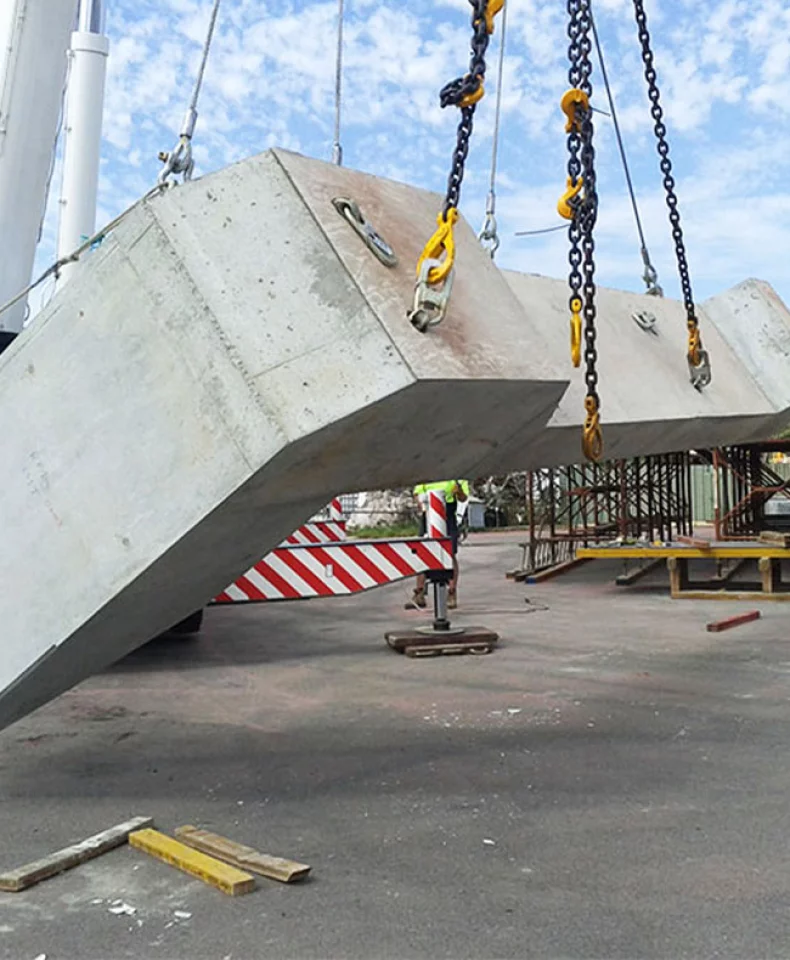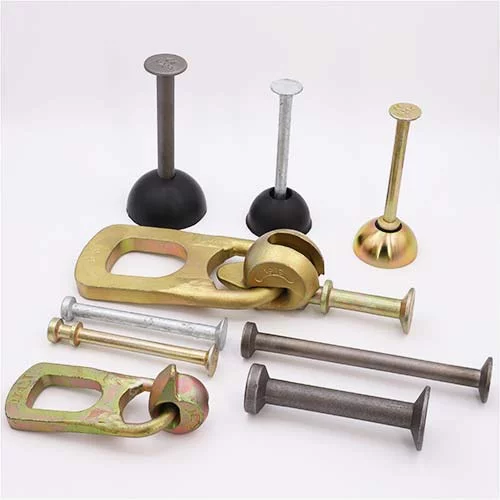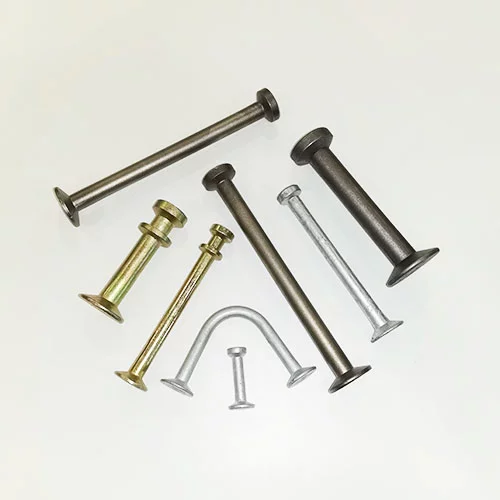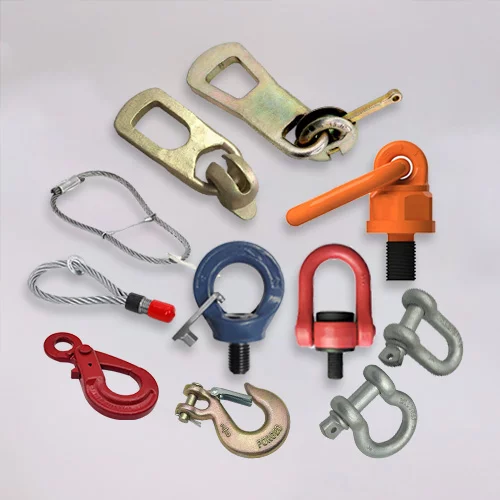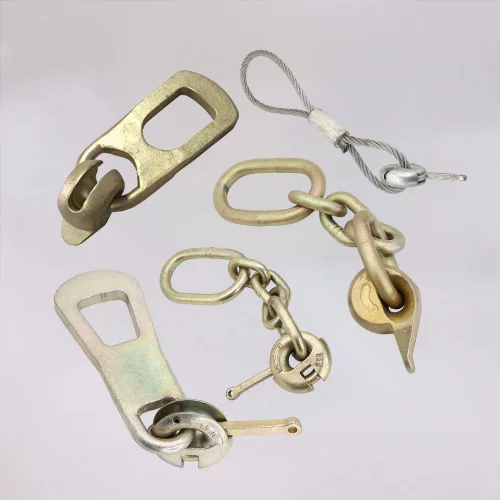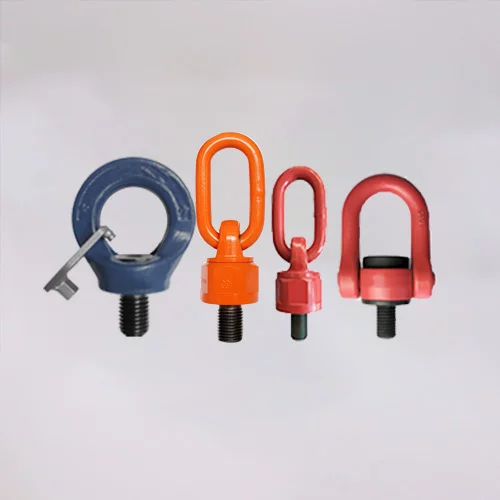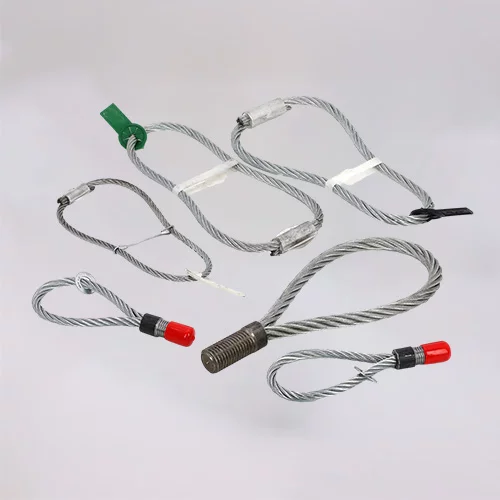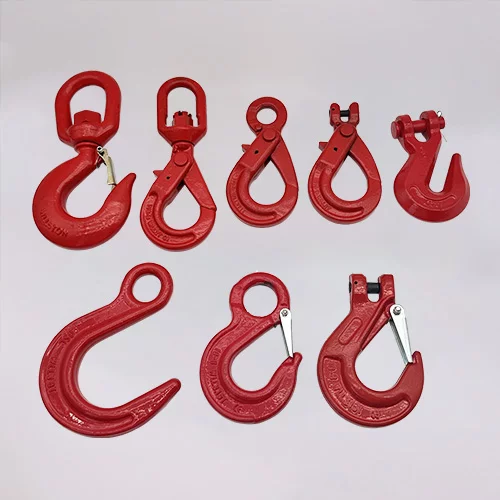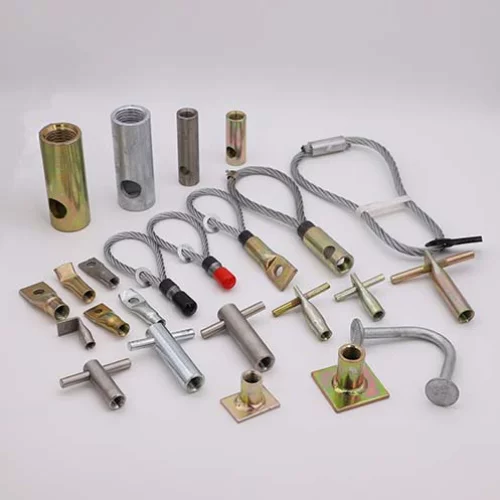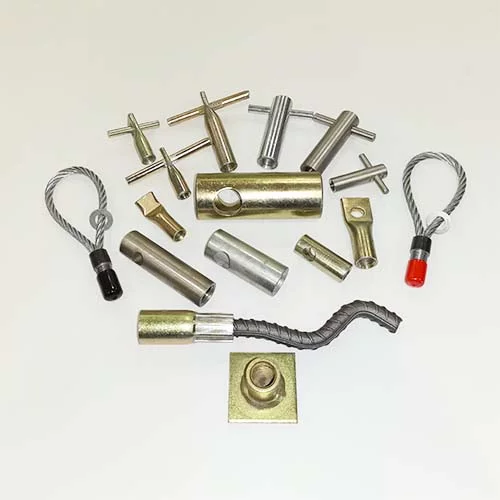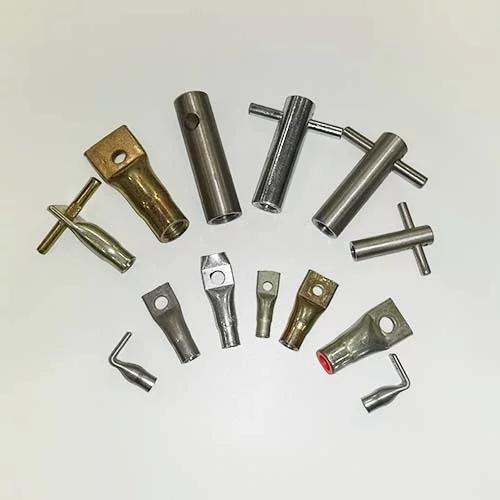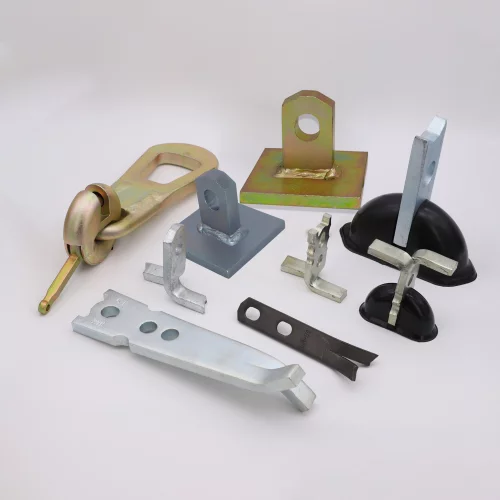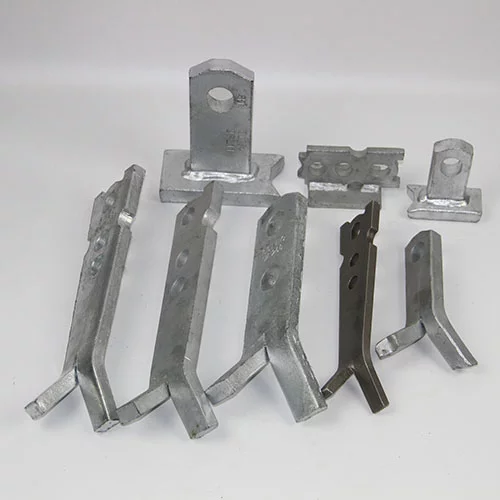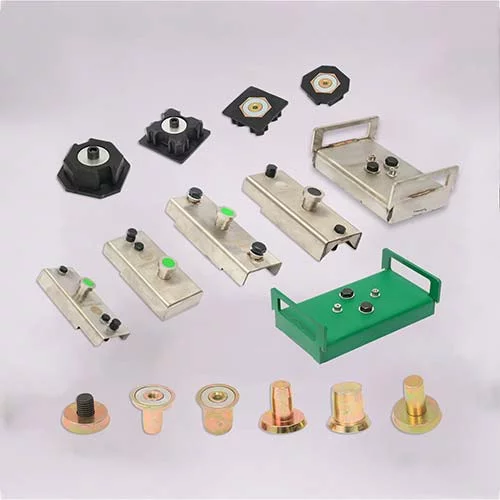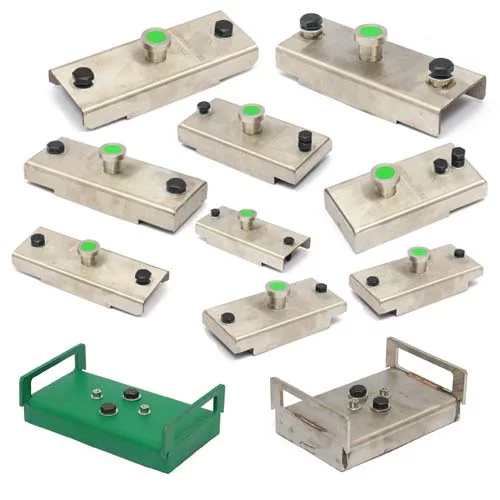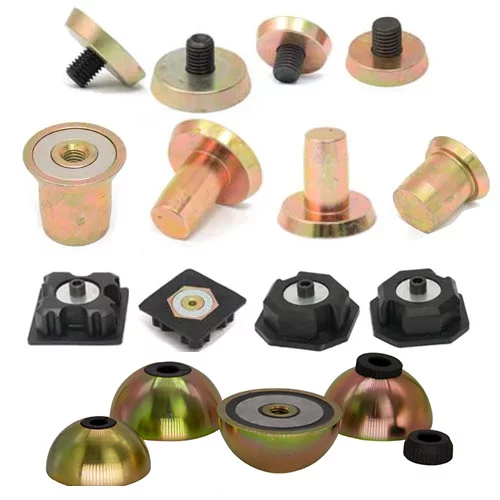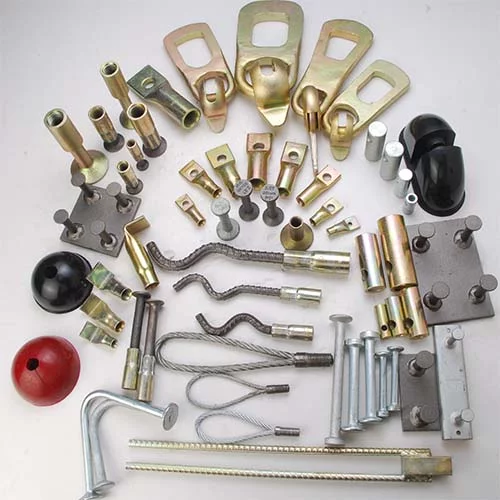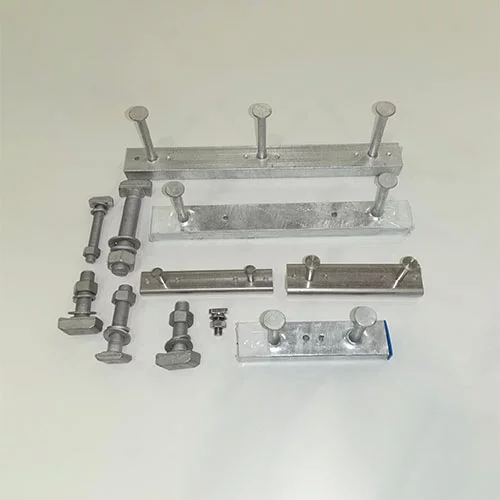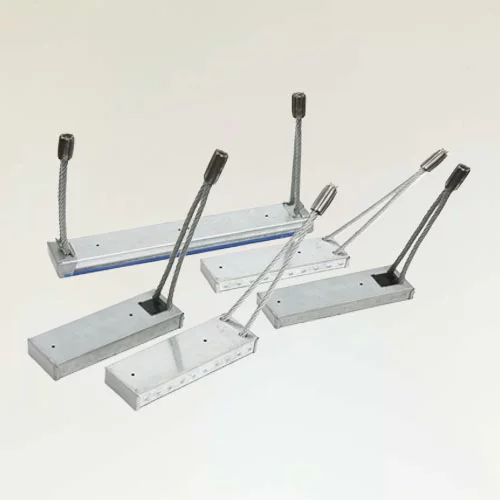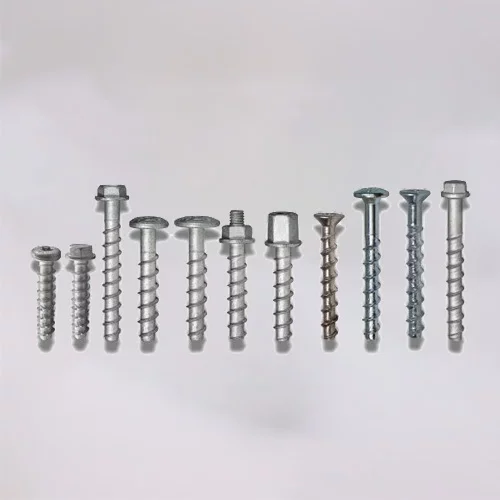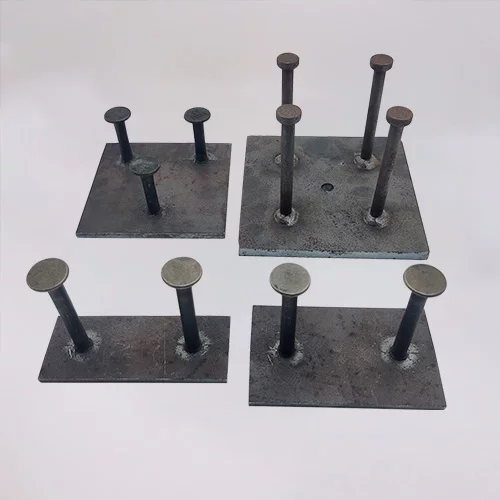Lifting Socket Common Issues in the Usage Process
Article Guidance:
8. Inadequate Storage Conditions

Lifting sockets are essential tools commonly employed in the construction industry to facilitate the lifting and handling of heavy loads. However, during the utilization of lifting sockets, several common issues may arise, potentially impacting the safety and reliability of the lifting process. This article delves into some of the prevalent problems encountered during the usage of lifting sockets and provides professional solutions.
1. Mismatched Socket Sizes
The primary concern when using lifting sockets is ensuring that the socket sizes match the lifting equipment or anchor systems being used. Incorrectly sized sockets can lead to a decrease in lifting capacity, and in severe cases, compromise safety during the lifting operation. To address this issue, it is crucial to select sockets that are compatible with the dimensions and specifications of the lifting apparatus.
2. Improper Installation
Proper installation of lifting sockets is a critical step in ensuring safe lifting operations. Poor installation can result in insecure connections between the socket and the lifting equipment, compromising the stability of the lifting process. Ensuring correct installation involves adhering to the manufacturer's guidelines, including torque requirements and fastening procedures. Consider using specialized installation tools when necessary to guarantee accurate installation.
3. Material Quality Issues
The quality of lifting sockets plays a pivotal role in lifting safety. Sockets made from low-quality or subpar materials may have defects, such as cracks or brittleness, which can manifest as weaknesses during the lifting operation. Ensure the selection of high-quality sockets and verify their quality certifications to ensure compliance with relevant standards.
4. Environmental Conditions
Environmental conditions can also influence the performance of lifting sockets. Using sockets in harsh weather conditions or corrosive environments may lead to deterioration or other forms of damage. Implement protective measures, such as coatings or appropriate materials, to shield sockets from environmental factors when using them.
5. Load Considerations
When performing lifting operations, it is essential to account for the load requirements and lifting capacity of the sockets. Incorrectly selected or installed sockets can lead to overloading or unstable lifting conditions. Ensure that sockets are chosen and installed with load requirements in mind, conforming to the specifications of the lifting task.
6. Inspection and Monitoring
Regularly inspecting and monitoring lifting sockets is crucial to ensuring the safe and reliable performance of lifting operations. Utilize non-destructive testing methods, such as visual inspections or load testing, to examine the integrity of sockets. Periodically monitor sockets for signs of wear, deformation, or any damage that may compromise lifting safety.
7. Use of Uncertified Sockets
Using uncertified lifting sockets poses a significant risk to lifting operations. Certification is essential to ensure that sockets comply with relevant standards and specifications for safe lifting. When procuring sockets, carefully examine the manufacturer's certifications and compliance documents to verify their quality and performance validation.
8. Inadequate Storage Conditions
Inappropriate storage conditions can lead to damage to lifting sockets. Ensure that sockets are stored in dry, well-ventilated areas, and consider protecting them from dust or contaminants. Proper storage can prolong the lifespan and functionality of lifting sockets.
9. Quality Control
Establishing a quality control program is critical to ensure the quality and performance of lifting sockets. This includes obtaining batch certifications from suppliers, conducting regular inspections and load testing, and maintaining detailed records for each lifting socket. Quality control procedures help identify potential issues and implement corrective actions.
Lifting sockets play a crucial role in the construction industry by facilitating safe lifting operations. However, they can encounter common issues during use. By correctly selecting, installing, maintaining, and monitoring lifting sockets, you can minimize the impact of these problems on lifting safety and reliability. It is advisable to collaborate with professional engineers to ensure that appropriate measures are taken when utilizing lifting sockets to ensure safe lifting processes.
Article Navigation
PRECAST CONCRETE ACCESSORIES
OTHER RELATED ARTICLE
Other Precast Concrete Accessories You Might Want to Know
You can click to learn more about HULK Metal precast concrete accessories such as lifting anchors, precast sockets, spread anchors, shuttering magnets, cast-in channels, wire loop boxes, and other precast concrete accessories you might want to know.
